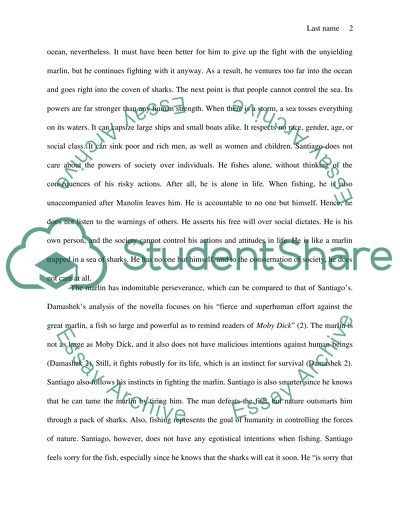Cite this document
(“The Old Man and the Sea by Ernest Hemingway: Pride, Humility and Research Paper”, n.d.)
Retrieved de https://studentshare.org/literature/1453290-the-old-man-and-the-sea-by-ernest-hemingway
Retrieved de https://studentshare.org/literature/1453290-the-old-man-and-the-sea-by-ernest-hemingway
(The Old Man and the Sea by Ernest Hemingway: Pride, Humility and Research Paper)
https://studentshare.org/literature/1453290-the-old-man-and-the-sea-by-ernest-hemingway.
https://studentshare.org/literature/1453290-the-old-man-and-the-sea-by-ernest-hemingway.
“The Old Man and the Sea by Ernest Hemingway: Pride, Humility and Research Paper”, n.d. https://studentshare.org/literature/1453290-the-old-man-and-the-sea-by-ernest-hemingway.


